 We had the pleasure of chatting with Alexander Varvarenko, CEO and Founder of SHIPNEXT, in an exclusive CoinSpectator.com interview, to find out more about one of the most promising blockchain companies in the freight industry.
We had the pleasure of chatting with Alexander Varvarenko, CEO and Founder of SHIPNEXT, in an exclusive CoinSpectator.com interview, to find out more about one of the most promising blockchain companies in the freight industry.
Not heard of SHIPNEXT? The firm is digitalising the shipping industry with some amazing technology that aims to revolutionise how we deal with cargo.
Let’s begin:
1. Which organisation was the first to use the SHIPNEXT technology? How are they benefiting so far from using the platform?
SHIPNEXT is a product built using linear programming. natural language processing, machine learning and big data analysis. Anyone who sends a Freight request of a Ship’s position to SHIPNEXT gets an instant reply with one or more matches. The first company to use our technology was VARAMAR.
VARAMAR receives close to 10.000 emails each day, and prior using SHIPNEXT most of the clients remained without reply. In most of the cases for routes and segments where VARAMAR is not strong or not present. As a result of switching to SHIPNEXT, almost all the clients who sent their cargo/freight requests receive an instant reply with a solution.
2. The shipping industry still uses mainly paper for issuing proof of ownership; how is your solution different?
Shipping Industry is very traditional, and, historically, a “word” is considered a “bond”. The news on a breach of verbal agreement travels fast leading to bad reputation. With time any electronic message, be it an sms or an email with recapitulation of agreed terms and conditions gained force. Express bills of lading, electronic copies of Charter parties (contracts) or bills of lading are not uncommon neither.
SHIPNEXT created a solution which helps speed up the process of issuing an electronic version of a correctly filled in Charterer Party to literally a second. The open source bill of lading solution which SHIPNEXT created can be freely used by anyone to print secure, correctly and transparently made Bills of Lading.
3. Why do you think the industry needs blockchain technology? Isn’t the old saying “If it’s not broke, don’t fix it” true?
The transport industry may not be broken, but it is highly inefficient. Corruption, theft of cargo and freight, delays in transit and penalties arising as a result – these and more haunt the industry and lead add to the cost of the transported goods.
Blockchain is a technology that allows bring relative transparency, safety and efficiency. Its responsiveness to real-time data can avoid unnecessary losses – things which human being are sometimes simply not capable of being able to react to.
4. What inspired you to launch SHIPNEXT? Do you have a background in the shipping industry?
Before joining a Maritime University, I developed my own games and software. Ever since I always challenged traditional approach and technology in a conservative transport industry. With over 17 years experience in Shipping, let alone heavy and oversized cargo transportation, which I was mainly involved in, I understood that no matter what the cargo looks like, many processes remain the same.
That also involves a lot of routine and repetitive work, cross-checks, calculations, information search, and email exchange. Ass work flow grows, possibility for human error and inefficient decision-making increases.
Moreover, at a certain moment I saw most of my commercial managers remain their whole day behind their computer screen trying to catch up with the incoming email flow. With thousands incoming emails a day, some of them may remain unattended or missed.
I decided to digitalized the process of processing all the incoming emails, making routine calculations and cross-checks, calculations based on 80+ different data bases and, eventually, help professional managers make better commercial judgement, negotiations and, eventually, digitalized the documentation flow.
5. Have you approached any large organizations to tease them into using SHIPNEXT? If so what are their initial impressions
We have approached a number of large companies. Some of them have also started using SHIPNEXT, others are in the testing phase.
Some of the larger groups have already announced the launch of their in-house reverse auctioning platforms. Most of the companies initiated digitalization of their internal work-flow. All this is a good sign and a perfect opportunity for SHIPNEXT. However, with shipping being one of the most conservative sectors of ths transport industry, the process of digitalization will take a few years, until it, at least, catches up with other industries.
6. Are you focusing just on the shipping industry or with future plans to export to transport or even regional/ local deliveries ?
SHIPNEXT is looking for partners to help deliver a solution for wet bulk (tanker) shipping, and well a container liner shipping companies, to complete the work on SHIPNEXT’s container-related solution.
Other modes of transport will be included in the ecosystem with the help of other partners and solution providers only. Such cooperation is also a way to create a network of solutions, thus taking a step further towards a decentralized ecosystem.
7. How will a regular consumer benefit from SHIPNEXT?
SHIPNEXT helps save hundreds and thousands of work hours, build a reliable network of service providers, eliminate human error, receive up to date and real-time information to improve decision making.
8. How much volume in terms of weight has passed through the platform since lunching?
At any given moment SHIPNEXT contains thousands of cargoes (freight requests) as well as up to 18.000 ship’s positions. Anyone sending a Ship position or a Freight request by email to SHIPNEXT (at [email protected]) receives an instant feedback containing the most efficient match.
9. Do you see any regulatory issues proceeding with the platform in the future?
SHIPNEXT is a patented solution, and digitalized as well as automates the day to day processes taking place in Shipping. Each Shipper is able to use his own Contract forms or integrate SHIPNEXT algorithms into his internal work flows.
SHIPNEXT users make their own choice of using SHIPNEXT or not.
10. What is the SHIPNEXT token used for and how is it useful ?
SHIPNEXT has 2 tokens.
Ship Coin (SHPC) is a security token, giving its holders a stake in the company results and equity.
Ship Token (SHPT) on the other hand is a utility token – a tool given to banks and crypto-banks for issue and further use within SHIPNEXT as means of payment under Shipping Smart-contracts.
SHIPNEXT offers an escrow-like process of freight payment. This brings the necessary reliability and safety of transactions, as well as reassurance of contract execution. Freight is reserved on an escrow, is paid in parts upon gradual execution of cargo carriage, and ensures payments for bunker, canal transit, port dues, handling costs, etc.
11. Will any external organizations such as the authorities / or even the public have live or historic access to the blockchain?
Certainly the access of authorities to a supply chain related blockchain ecosystem is inevitable. Customs authorities alone are an integral part of the import and export control, and, on the other hand, a source of information which can be also used in Smart Contracts.
To influence the data, however, and participate in such blockchain based supply chain, authorities much themselves transform and adapt their documentation processing.
Healthy interactions with authorities in a decentralized ecosystem will help ensure safety and reliability of its work, simplify documentation handling and reduce costs.


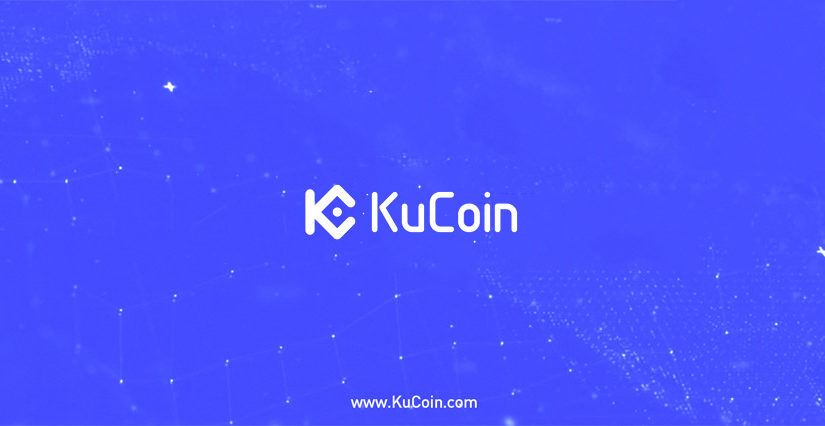

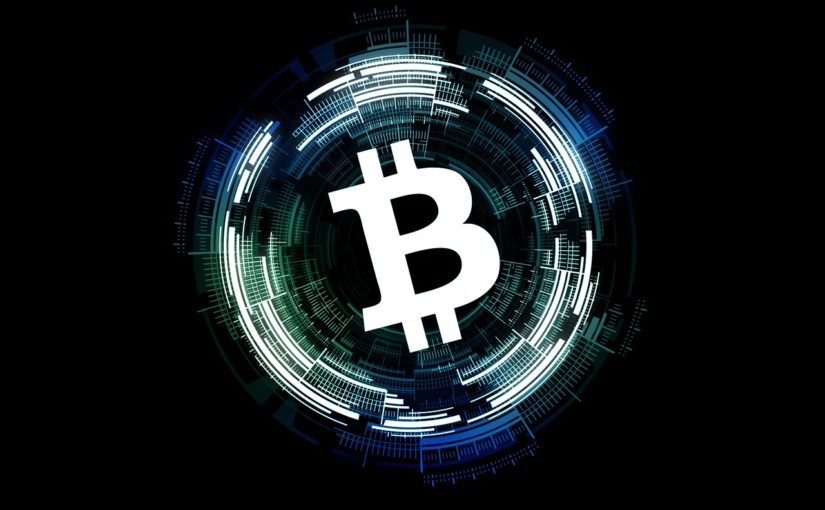


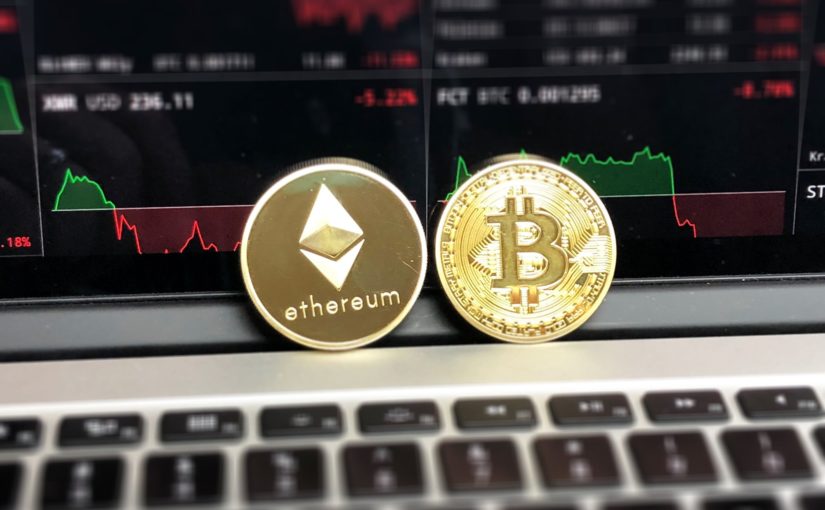

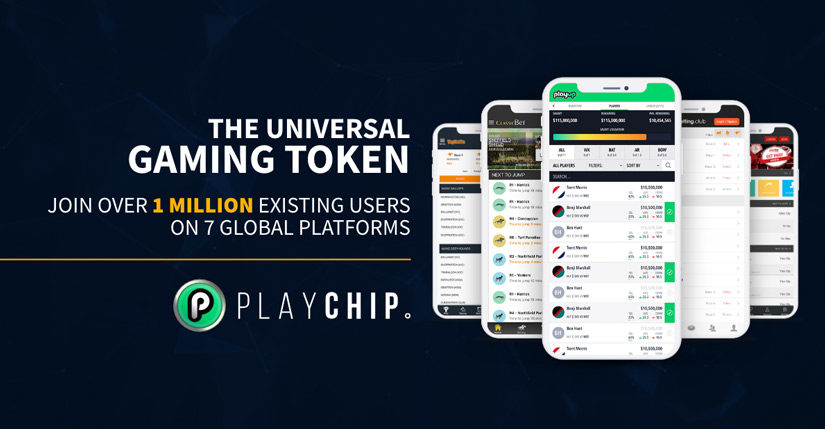
 PlayChip’s ecosystem has gained traction in the USA, UK, Australia and India with a presence in 70 countries around the world.
PlayChip’s ecosystem has gained traction in the USA, UK, Australia and India with a presence in 70 countries around the world.


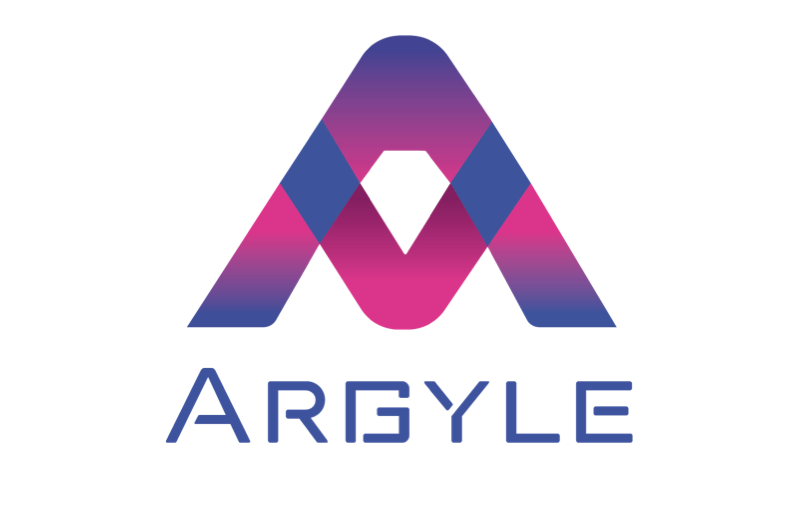

 Earlier this week we had the pleasure of speaking with the team behind
Earlier this week we had the pleasure of speaking with the team behind 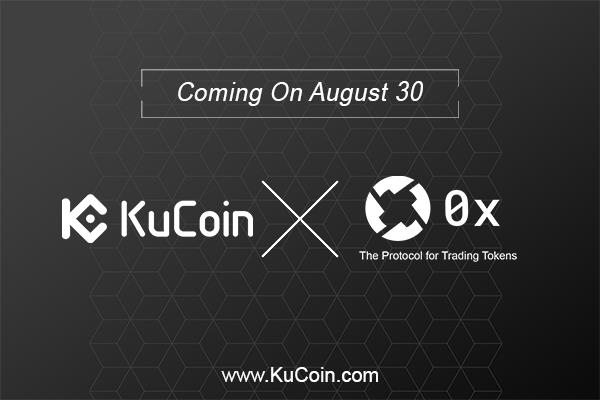

 We had the pleasure of chatting with Alexander Varvarenko, CEO and Founder of
We had the pleasure of chatting with Alexander Varvarenko, CEO and Founder of